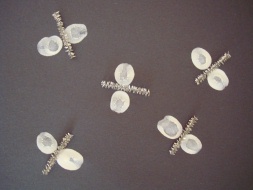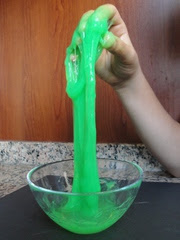When Life Gives you Lemons....................
......make lemon ice pops!!If you are lucky enough to live in a part of the world that grows lemon trees, you may be able to pick them from your own backyard. We went to Arizona one year for Thanksgiving at my brother's home and they had a bounty of lemons from their own tree! (Thanks, John and Shan!) We made lemonade, lemon mousse pie, lemon french toast, etc.
Here in Seattle, I get my lemons from the produce section of the market.
Try this cool, zingy recipe from the book Grow It, Cook It: Simple Gardening Projects and Delicious Recipes, from DK Publishing.
Here's What You Need:
6 juicy lemons
1 cup honey
3 cups cold water
18 small, empty yogurt cups (save 'em up!) or small Dixie paper cups
Here's What You Do:
*Put the honey in a saucepan and finely grate the zest from 3 of the lemons--add the zest and 2 cups of water to the honey. Bring to a boil over medium heat while stirring, then remove from heat.
*Squeeze the juice from all of the lemons--should be about 1 cup.
*Strain the honey and lemon zest solution through a strainer into a bowl. Add the lemon juice a bit at a time. Stir and taste--keep adding lemon juice to your taste.
*Put the lemon mixture in the fridge to cool.
*Add the last cup of water when the mixture is cool and stir well.
*Pour into the empty yogurt containers and freeze until firm but not solid.
*Insert a popsicle stick into each container in the middle. Freeze until solid.
*Enjoy while cooling off on a summer day!
Cheater Version:
*Make cold lemonade from frozen concentrate. Pour into containers and freeze until firm. Insert the sticks and freeze until solid. Lots quicker, but then again--"it's the process, not the product!"
*Check out the book!


































